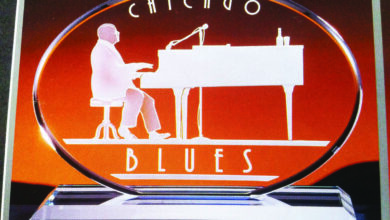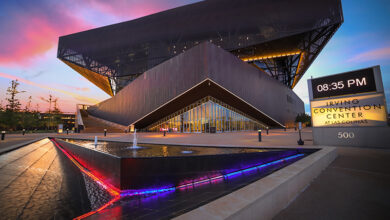Sandcarving: Use Your Techniques as Marketable Choices Part 2
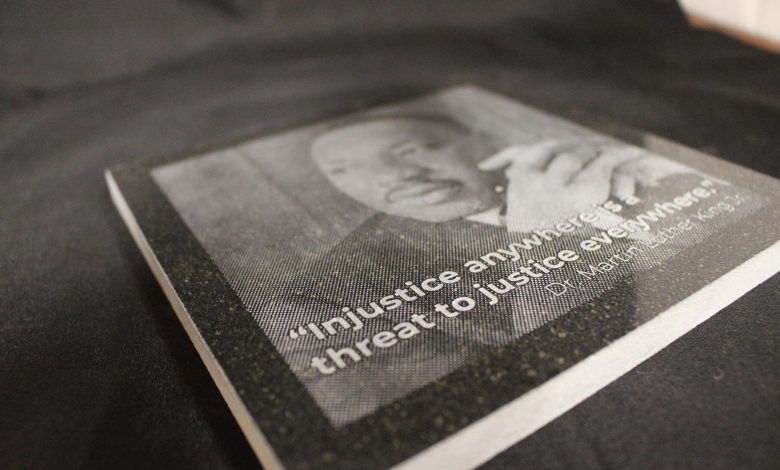
If you missed Part 1 of this series, click here to learn about stage and deep carving, color-filling, reverse etching, and back blasting.
Using the sandcarving process, here are four more techniques to try.

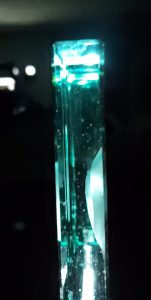
Doming
Doming refers to a technique in which you angle your nozzle into a section of glass for an extended period of time to create the illusion that frosted glass is protruding on the inside of a substrate.
Usually, a domed area will have slopes for sides, but additional designs can also be sandcarved into a domed image, such as golf ball dimples or leaf pedals and more. The possibilities are endless.
Shading
To supplement accent features of stagecarving, shading can be used to create light color or dull section(s) of pre-imaged mask artwork when sandcarving.
This can be done by activating the sandblaster’s foot pedal or treadle in a quick, intermittent manner to produce short and low-pressure bursts of abrasive media to be released from the sandcarving nozzle. This type of technique is called the shotgun method. It is suggested to first deep carve the initial outline of the artwork and then shotgun the nozzle at about 2-6 psi to ensure the shading is just very lightly etching the remainder of the artwork.
 Halftone etching
Halftone etching
You need graphic design software to convert a high-resolution photograph to a remarkable surface-etched halftone.
A photo must first be transformed to halftone using an output between 300-600 dpi within the interactive setting. Contrast and brightness may need to be adjusted based on your preference of outcome along with dithering angle and frequency settings to control how much detail is present in the image. Generally, an angle of 37.5 and 45-55 frequency work best in addition to using a round pattern for the halftone dots.
Special note: A halftone must be inverted to use with a washout photoresist film or laser film but must not be inverted to use with the dry-process photoresist film. However, when using a dry-process film, a thick black border must be placed around your image because it requires photonegative artwork.
 Frosting
Frosting
Frosting a substrate simply means inverting your artwork for your mask, so any lines are kept solid or covered with mask.
This measure ensures that substrate surfaces can be sandblasted completely 360°, leaving a positive or unblasted artwork.
This also refers to reverse etching, except the only difference is that you completely blast the rest of the substrate.

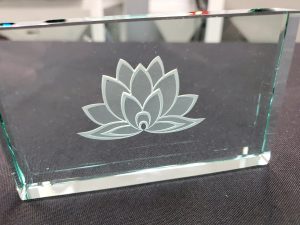
 Halftone etching
Halftone etching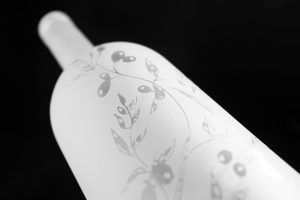 Frosting
Frosting